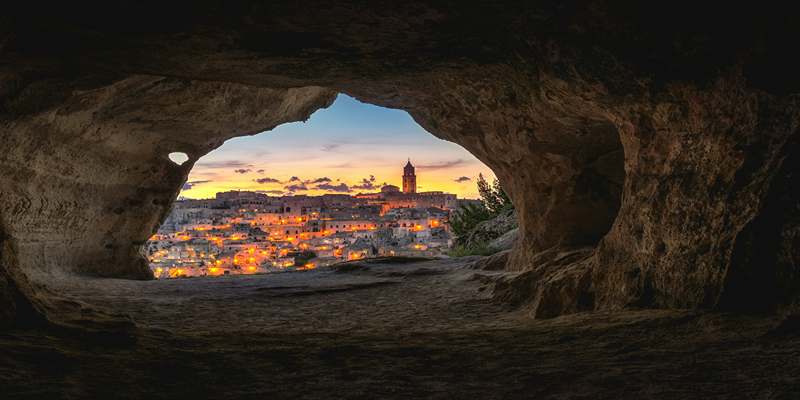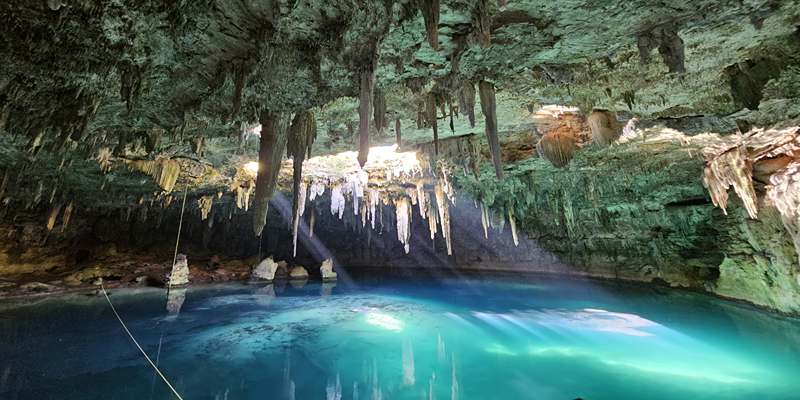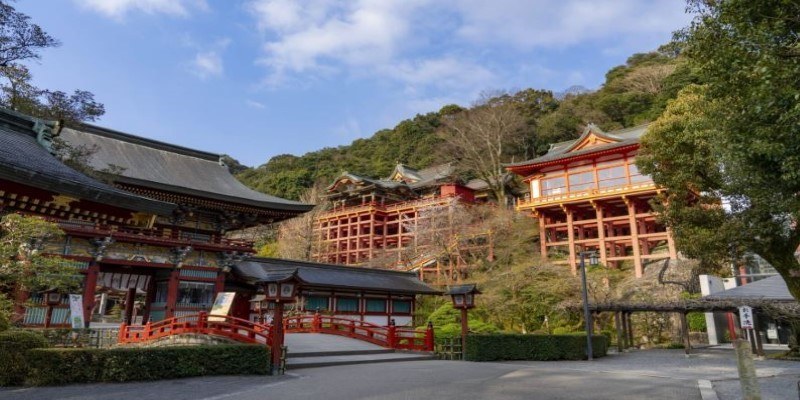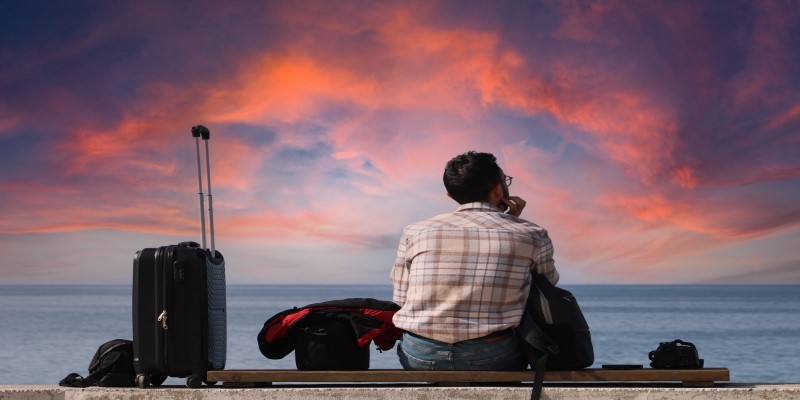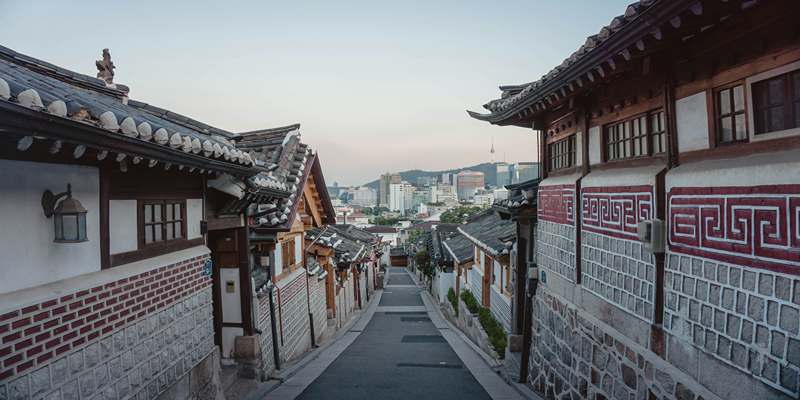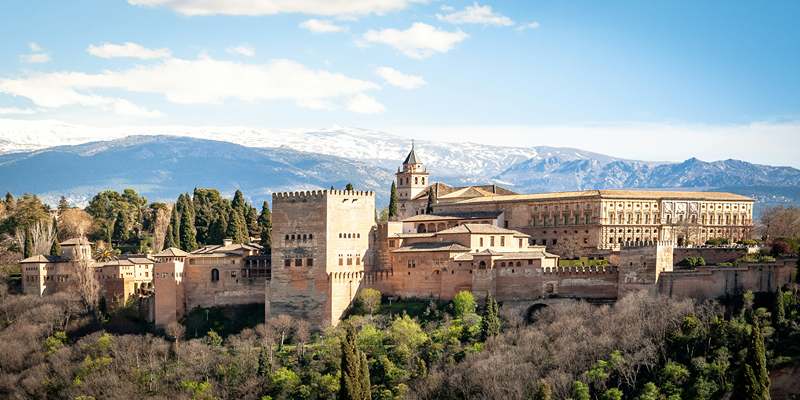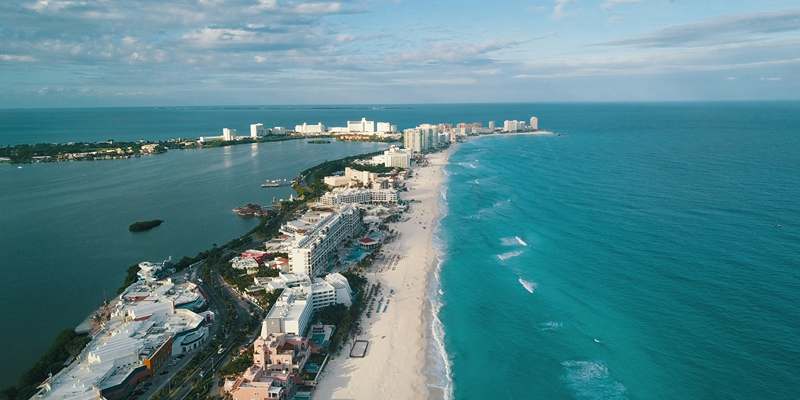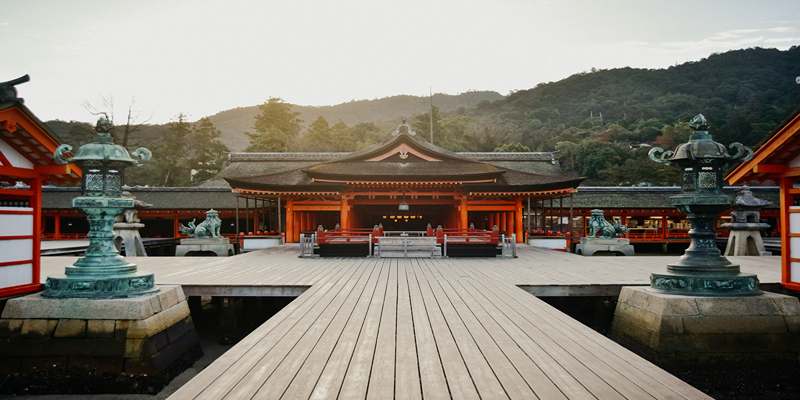Perched in the highlands of West Java, Indonesia, Kawah Putih is a mesmerizing volcanic crater lake that feels almost unreal. At 2,430 meters above sea level, its turquoise waters shift hues depending on the weather, creating an eerie yet breathtaking spectacle. The stark contrast between the bright lake, white shoreline, and mist-covered trees gives it an almost dreamlike quality.
Located 50 kilometers from Bandung, this volcanic wonder is part of Mount Patuha, an ancient yet still active volcano. The lake’s striking color comes from its high sulfur content, which also gives the air a sharp, distinct scent. Rich in Sundanese folklore and geological intrigue, Kawah Putih remains a fascinating destination for nature lovers and curious explorers alike.
The Changing Colors of the Lake
Kawah Putih is a transformation site. Its white, sulfur-filled waters refuse to settle into one color, oscillating from pale green to deep turquoise to an unnerving milky white. The lake's color isn't an illusion—it's an interaction with the elements, something affected by sunlight, temperature, and the minerals rising up beneath its surface. One day, it shines like a bright gem; the next, it fades into a spooky, dull stillness.
This ever-changing isn't just in the water. The terrain itself seems trapped between worlds. The lake's acidity makes it unfriendly to life. It leaves a desolate shoreline of ghostly white sand and twisted, skeletal tree trunks—silent witnesses to a time before the land became poisonous. Even the air is charged with presence, tinged with the pungent smell of sulfur, a reminder that Kawah Putih is alive, still changing beneath the surface.
But nothing shifts the atmosphere of this site like the weather. On sunny days, the lake shines under the sun, an unearthly contrast to dark volcanic rock. And then the mist comes creeping, enveloping all. The lake vanishes, the trees turn into ghostly silhouettes, and for a fleeting instant, reality falters. On its shores, it is possible to imagine that Kawah Putih is stuck in its own time, half earth and half illusion.
A Journey Through Time and Nature
Long before it became a tourist destination, Kawah Putih was wrapped in myth. The local Sundanese people once believed the crater was a place of spirits. Birds that flew too close were said to fall from the sky, reinforcing the belief that this was a sacred—perhaps even dangerous—site. For generations, the area remained untouched, a place of quiet reverence rather than exploration.
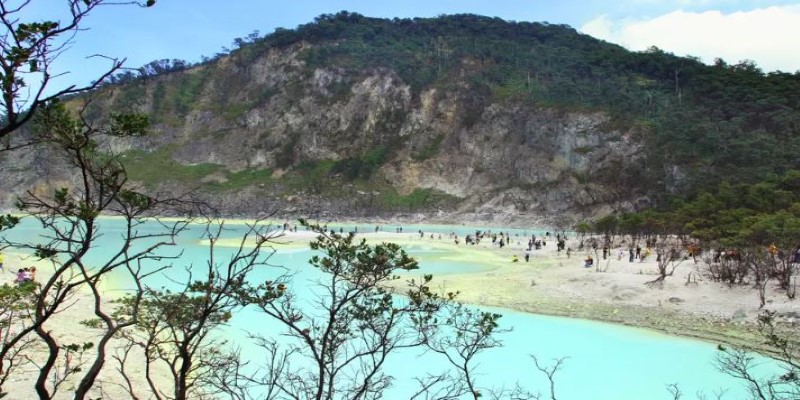
In the 19th century, Dutch botanist Dr. Franz Wilhelm Junghuhn discovered the crater’s true nature. He found that the seemingly lifeless area was rich in sulfur deposits, a valuable resource for industry at the time. Soon after, sulfur mining began, and Kawah Putih became not just a place of mystery but also one of labor and extraction. Though mining eventually ceased, remnants of that history can still be found, from rusting machinery to faint trails carved into the rocky ground.
Today, the site is preserved as a natural wonder, attracting travelers from all over. The journey to reach it is an adventure in itself. The road leading up to the crater winds through tea plantations, misty forests, and steep mountain paths. The air gets cooler with every kilometer, a refreshing contrast to the heat of Bandung below. The entrance to the crater is simple—just a few pathways leading down toward the lake, where visitors can wander along the edges and take in the surreal scenery.
For those looking to explore beyond the main viewing area, several hiking trails lead through the surrounding forest. These paths offer a quieter, more immersive way to experience the landscape, with fewer crowds and a greater chance of spotting native wildlife. The forest is home to various species of birds, small mammals, and even wild orchids, adding a touch of life to the otherwise stark environment.
The Magic of Kawah Putih
Kawah Putih isn’t just a place to see—it’s a place to feel. The moment you step onto its pale shores, the world beyond seems to dissolve. The air is crisp, carrying a faint sulfuric scent, while the silence is so deep it almost hums. There are no distractions, no modern intrusions—just the lake, the mountains, and the rolling mist that shifts like a living entity.
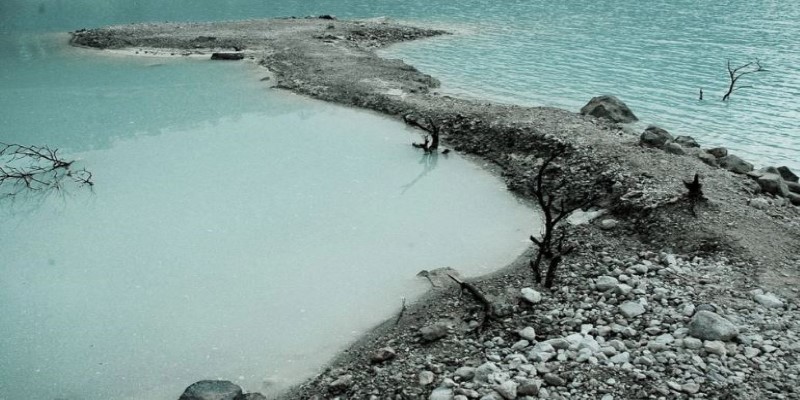
Standing by the water's edge, visitors often describe a strange serenity. The lake's shifting hues, from milky white to deep turquoise, seem to exist outside of time, untouched by the rush of daily life. Photographers linger, capturing the way light plays off the water, while travelers seeking solitude find comfort in its haunting stillness. The atmosphere is neither inviting nor hostile—it simply exists on its terms.
Kawah Putih demands patience. It is not a place to rush through but one to absorb slowly. Watching the mist drift over the lake, feeling the cool highland breeze, and listening to the profound silence all create a feeling of being somewhere beyond the ordinary. Whether you stay for an hour or a full day, the experience lingers—a memory not just of a place but of a moment suspended in time.
Conclusion
Leaving Kawah Putih feels like awakening from a dream. The mist, the stillness, and the surreal hues leave an imprint that lingers long after departure. As the road winds back down the mountain, reality slowly returns, yet the memory of the crater remains vivid. Few places create such a profound detachment from the ordinary, offering not just a visual marvel but an experience that stirs something deeper. The eerie beauty, the quiet magic—it's more than a destination. Kawah Putih is a fleeting moment of wonder, a place where nature's artistry leaves an indelible mark long after the mist has lifted.

